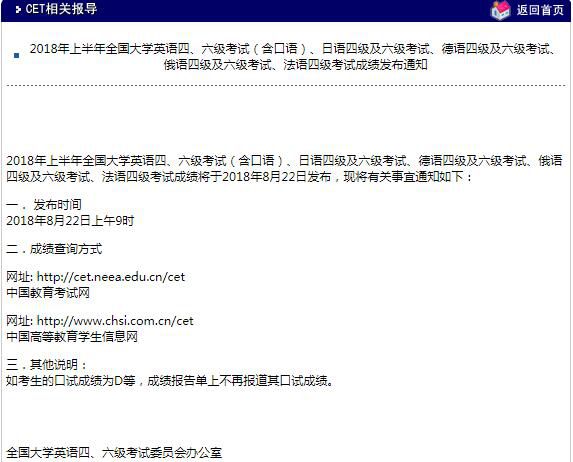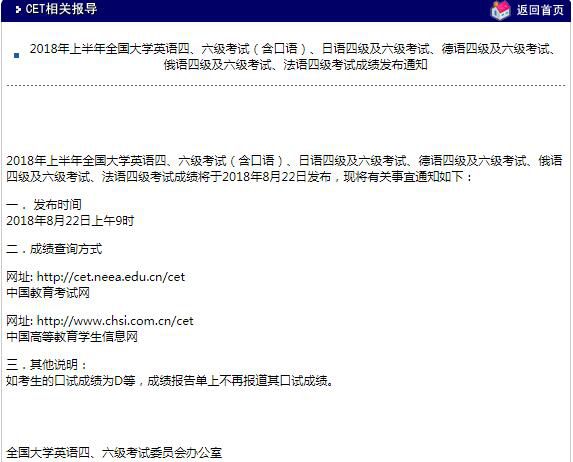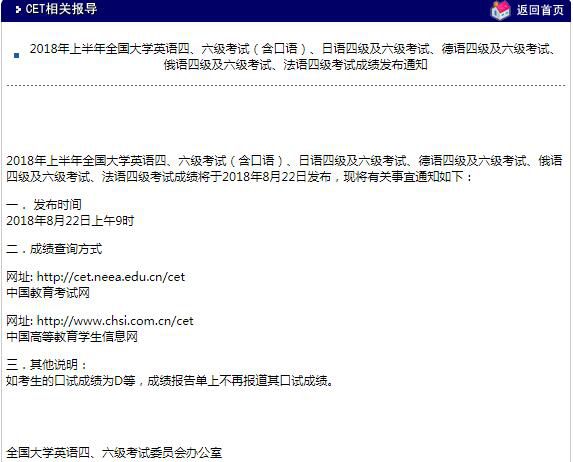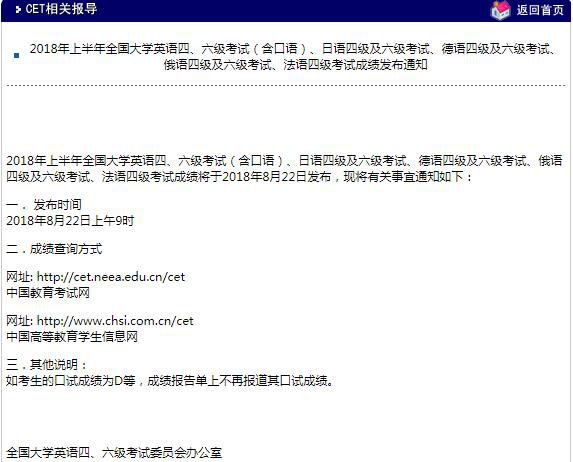GMAT写作辅导:109题Argument范文(九)a
|
9. The following appeared in the opinion column of a financial magazine. “On average, middle-aged consumers devote 39 percent of their retail expenditure to department store products and services, while for younger consumers the average is only 25 percent. Since the number of middle-aged people will increase dramatically within the next decade, department stores can expect retail sales to increase significantly during that period. Furthermore, to take advantage of the trend, these stores should begin to replace some of those products intended to attract the younger consumer with products intended to attract the middle-aged consumer.” Discuss how well reasoned... etc. First of all, the argument ignores the absolute amount of retail expenditure of middle-aged and younger consumers devoted to department store products and services. Although younger consumers spend a smaller percentage of their retail expenditure to department store products than do the middle-aged consumers, they might actually spend more in terms of the absolute amount. Even if middle-aged consumers are spending more than younger ones in department stores, the argument ignores the possibility that the trend may change within the next decade. Younger consumers might prefer to shop in department stores than in other types of stores, and middle-aged consumers might turn to other types of stores, too. This will lead to a higher expenditure of younger consumers in department stores than that of middle-aged consumers. Based on the reasons I listed above, the argument is not completely sound. The evidence in support of the conclusion does little to prove the conclusion since it does not address the assumptions I have already raised. Ultimately, the argument might have been more convincing by making it clear that the absolute population of middle-aged consumers are higher than that of the younger consumers and the number will continue to grow in the next decade, and that the middle-aged consumers will continue to spend more money in department stores than younger consumers do in the next decade. |








